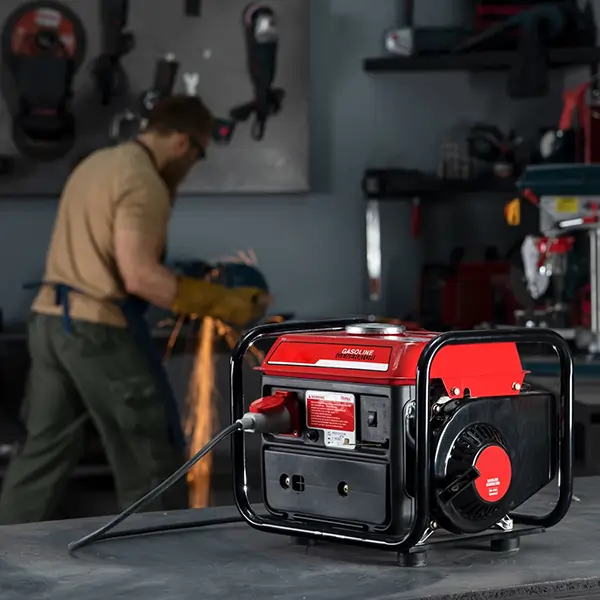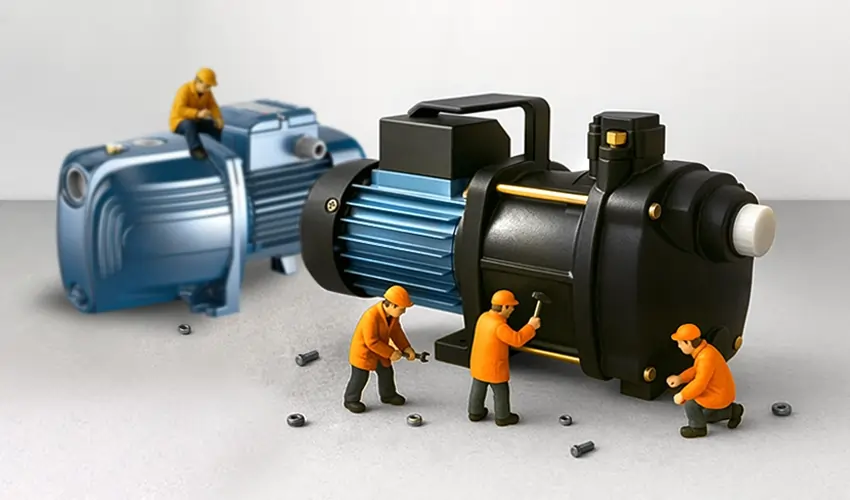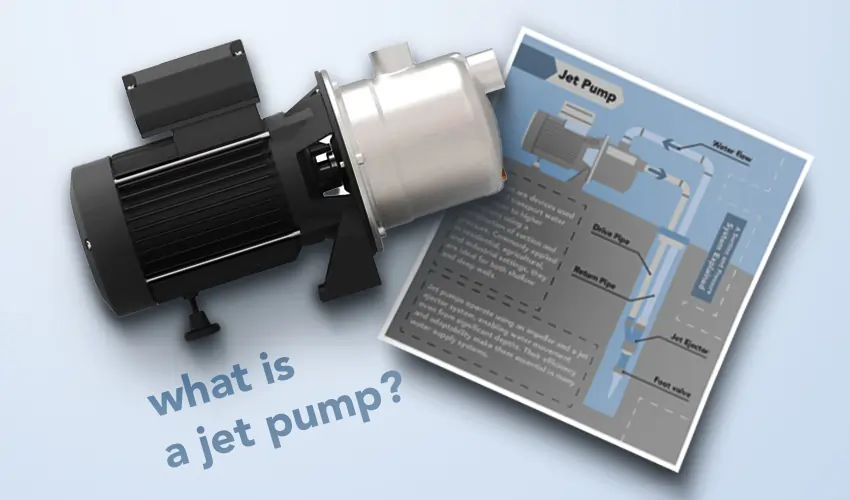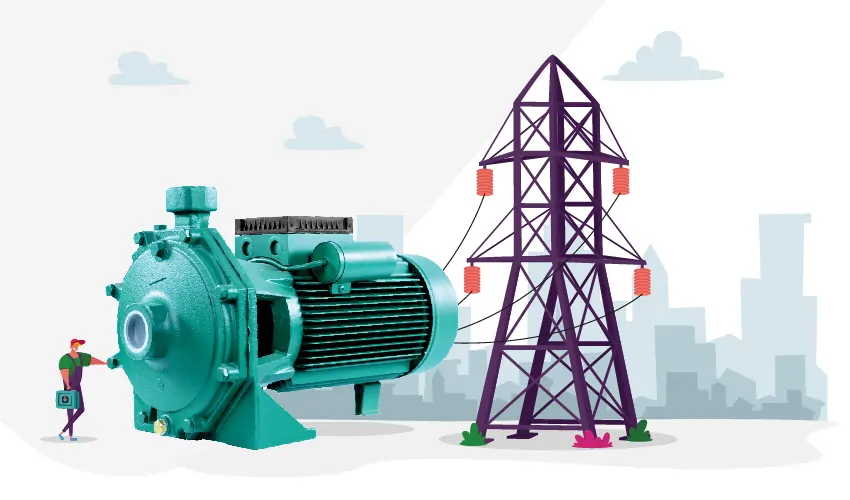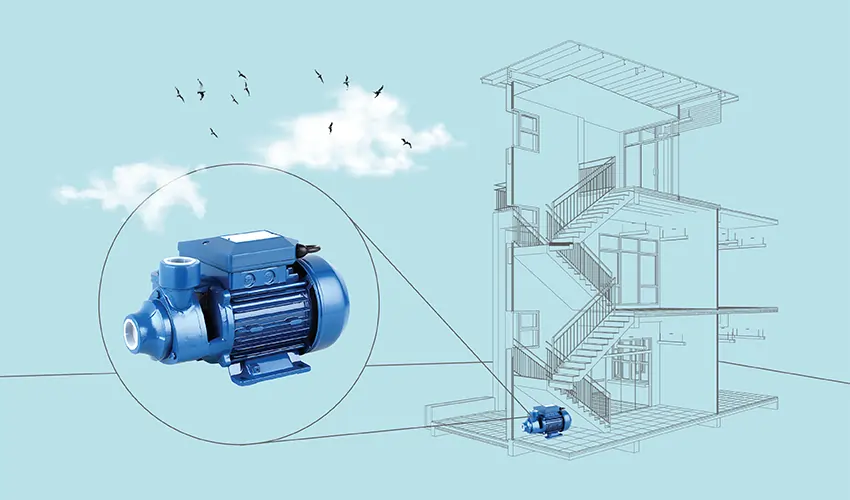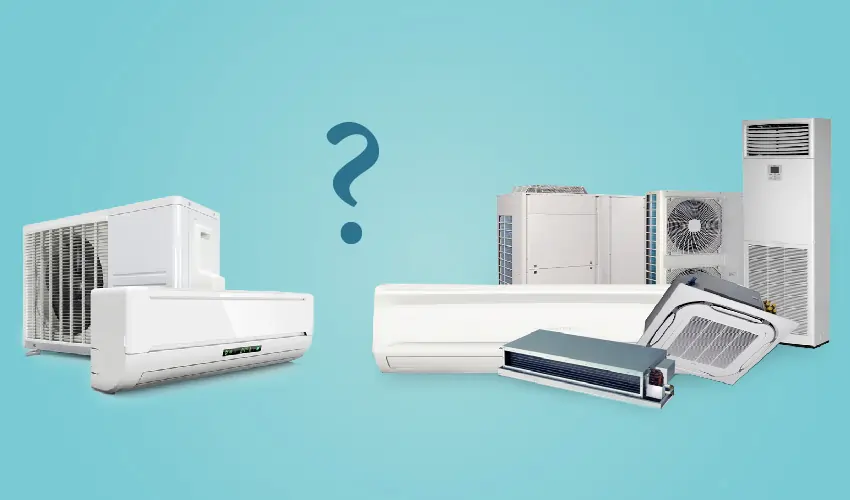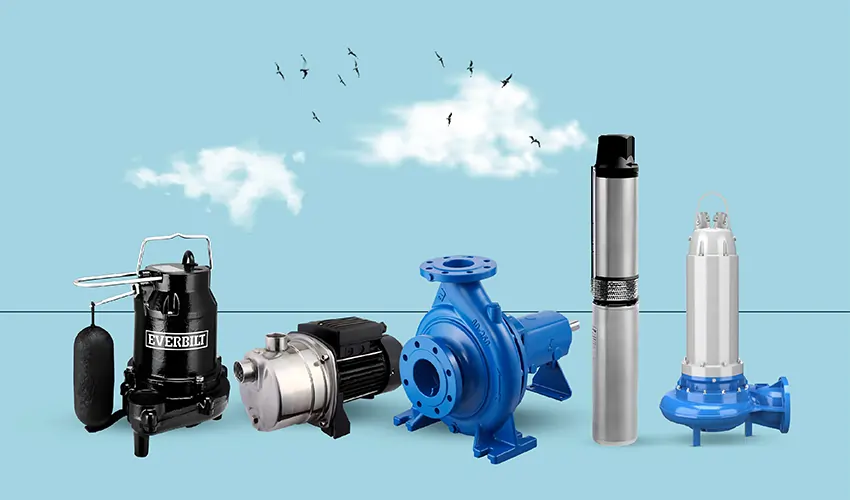A gasoline generator is a device that converts gasoline fuel into electrical power. Gasoline generator work on the principle of internal combustion, where the engine burns gasoline to produce mechanical energy. This mechanical energy is then converted into electrical energy through an alternator. The basic components of a gasoline generator include a fuel tank, engine, alternator, and various control mechanisms. It is commonly used for providing backup power during electricity outages and is a portable energy source for outdoor, construction, or emergency situations. The generator’s capacity to produce power is measured in watts or kilowatts, depending on its size and design.
What are the Different Types of Gasoline Generators?
Gasoline generator work and come in various types; each type of gasoline generator has its own specific features and uses, catering to different power requirements and scenarios. Portable Generators These are small, easily movable units ideal for temporary power needs, like camping, small outdoor events, or emergency home use. They typically have lower power output.
Inverter Generators Known for their quiet operation and fuel efficiency, inverter generators provide clean and stable power, making them suitable for sensitive electronic devices. They are more advanced and often more expensive than standard portable models.
Standby Generators These are larger, permanently installed units that automatically turn on during power outages. They are often used in homes or businesses for uninterrupted power supply and have a higher power output.
Industrial Generators Designed for heavy-duty use in industrial settings, these generators are large and robust, providing high power output for extended periods. They are essential at construction sites, factories, and large-scale events.
Parts of a Gasoline Generator
A gasoline generator process comprises several key parts that work together to convert gasoline into electrical power. Here’s an overview of its main components:
Engine: The heart of the generator, the engine burns gasoline to create mechanical energy. Its size and power output vary depending on the generator’s overall capacity.
Fuel Tank: This stores the gasoline needed for the engine. The size of the fuel tank determines how long the generator can run before needing a refill.
Alternator: The alternator converts the mechanical energy produced by the engine into electrical energy. It contains two primary parts: the rotor (which rotates) and the stator (which remains stationary).
Cooling and Exhaust Systems: These systems keep the generator from overheating and safely dispel exhaust gases produced by the engine.
Lubrication System: This system lubricates the engine parts to reduce friction, ensuring smooth operation and longer life for the generator.
Voltage Regulator: This component regulates the voltage of the electricity produced, maintaining a consistent output and protecting devices from voltage fluctuations.
Control Panel: This is the user interface of the generator, featuring switches, meters, and other controls for operation and monitoring of the generator.
Main Assembly / Frame: This is the structure that houses all the components of the generator, providing stability and protection.
Starter: It initiates the engine’s operation. In portable generators, this is often a recoil starter, while standby generators usually have an electric starter.
Uses of a Gasoline Generator
Gasoline generator function are versatile and widely used in various scenarios due to their portability and ease of fuel availability. Here are some common uses:
Emergency Power Supply: During power outages caused by natural disasters, technical faults, or maintenance work, gasoline generators provide a crucial backup power source for homes and businesses.
Outdoor Recreational Activities: They are popular for camping, tailgating, and outdoor events where electricity is needed for lighting, cooking, or entertainment but is not readily available.
Construction Sites: In areas where the electrical grid is inaccessible, gasoline generators power tools, lights, and equipment on construction and remote job sites.
Backup for Small Businesses:
Small businesses like shops, cafes, or clinics use generators to keep operations running smoothly during power interruptions.
Farming and Agriculture: They power equipment in remote agricultural areas, like water pumps for irrigation, and provide energy for farmhouses.
RV Travel and Camping: Gasoline generators are used in recreational vehicles (RVs) to power appliances and air conditioning systems while traveling or camping.
Temporary Power for Renovations: During home or office renovations, when power supply may be interrupted or disconnected, gasoline generators offer a temporary power solution.
How does a Generator Work for a House?
A gasoline generator work for a house by serving as an alternative power source during times when the main electrical grid is unavailable, such as during a power outage. When the regular power supply is interrupted, the generator kicks in to provide electricity, ensuring that essential appliances and systems within the house continue to operate.
The process begins with the generator detecting a power loss through an automatic transfer switch. In the case of a standby generator, this switch automatically disconnects the house from the grid and starts the generator. For portable generators, the homeowner must manually start the unit and connect it to the home’s electrical system, often using a specially installed power inlet box and transfer switch.
Once running, the generator’s engine burns fuel. This energy is then converted into electrical power by the alternator and sent through the home’s electrical panel to power lights, appliances, heating or cooling systems, and other necessary devices. The electricity supplied is usually enough to run the essential items in the home, though it is not always sufficient to power everything when connected to the main grid.
The generator continues to provide power until the main grid’s electricity is restored. In the case of a standby generator, the automatic transfer switch will sense this, shut off the generator, and reconnect the house to the grid. For a portable generator, the homeowner must manually switch back to the grid and turn off the generator.
Generators for home use are designed to ensure safety and convenience, with various models and sizes available to match the specific power needs of different homes. They provide a reliable solution to keep critical systems running during power outages, offering peace of mind and comfort.
How to Choose the Right Gasoline Generator?
Choosing the right gasoline portable generator involves considering several factors to ensure it meets your specific needs and circumstances. The first step is to assess the power requirements of your home or the application for which you intend to use the generator. This means calculating the total wattage of all the appliances and devices you plan to run simultaneously. It’s crucial to account for both the starting wattage (the extra power needed to start an appliance) and the running wattage.
Next, consider the generator’s size and portability. If you need a generator for camping or outdoor activities, a smaller, portable model is ideal. For home backup power, a larger, possibly stationary, model might be more appropriate. The fuel tank size is also an important consideration, as it determines how long the generator can run before needing a refill. A larger tank means longer run times but also increased size and weight.
Noise level is a key factor, especially in residential areas or for activities like camping where you don’t want to disturb others. Inverter generators are typically quieter than conventional models. Additionally, look for generators with good fuel efficiency and low emissions, as these aspects impact operating costs and the environmental footprint.
Ease of use is another important aspect. Features like electric start, user-friendly control panels, and clear maintenance indicators can make the generator more convenient and straightforward to use. Also, consider the quality and availability of customer service and parts for maintenance and repairs.
Lastly, safety features should not be overlooked. Features like overload protection, low-oil shutoff, and sturdy build quality are important for safe operation. It’s also advisable to check local laws and regulations regarding generator use, especially for emissions and noise levels.
By carefully evaluating these factors and balancing your needs with your budget, you can choose the right gasoline generator that provides reliable power while meeting your specific requirements.
Conclusion
In conclusion, gasoline portable generators are a versatile and essential tool for providing power in various situations where the main electrical grid is unavailable. We have explored different types of these generators, each designed to cater to specific needs, ranging from small, easily transportable models for recreational use to larger, more powerful units for construction sites and emergency backup power for homes. The key parts of a gasoline portable generator, including the engine, fuel tank, alternator, and control panel, work in harmony to convert gasoline into electrical energy efficiently and reliably. Gasoline generator task is diverse, demonstrating its adaptability and importance in our modern world. From powering tools on a remote job site to keeping home appliances running during a power outage and ensuring comfort during outdoor activities, these generators provide a crucial lifeline in numerous scenarios.


